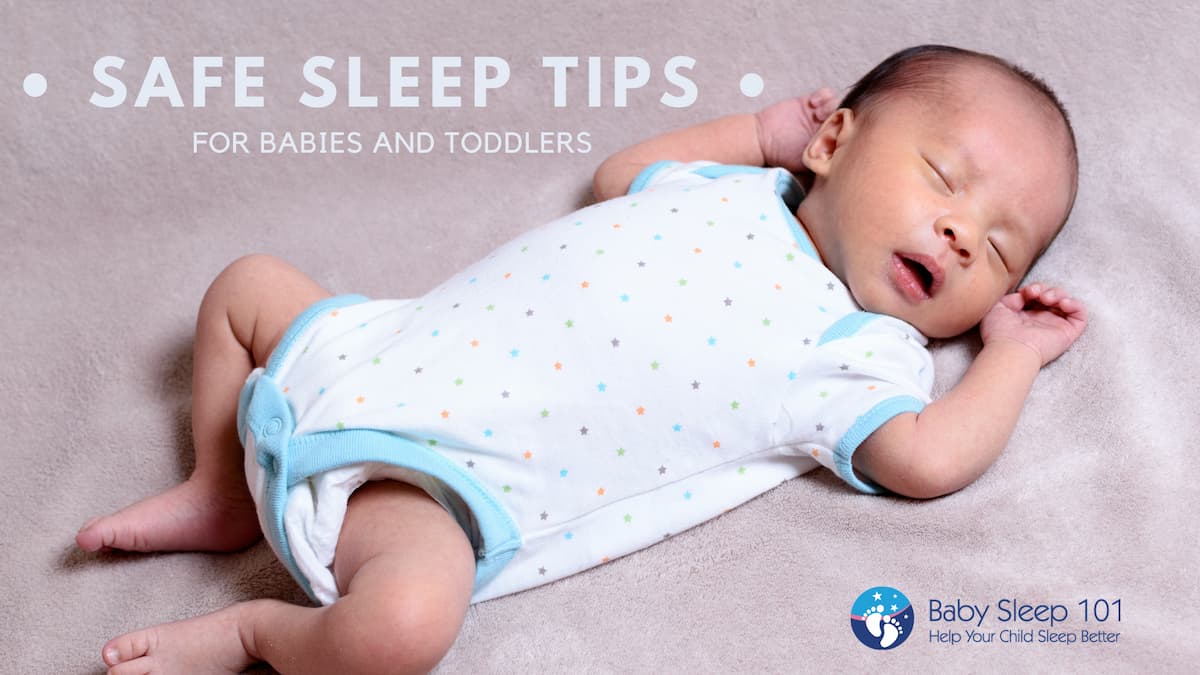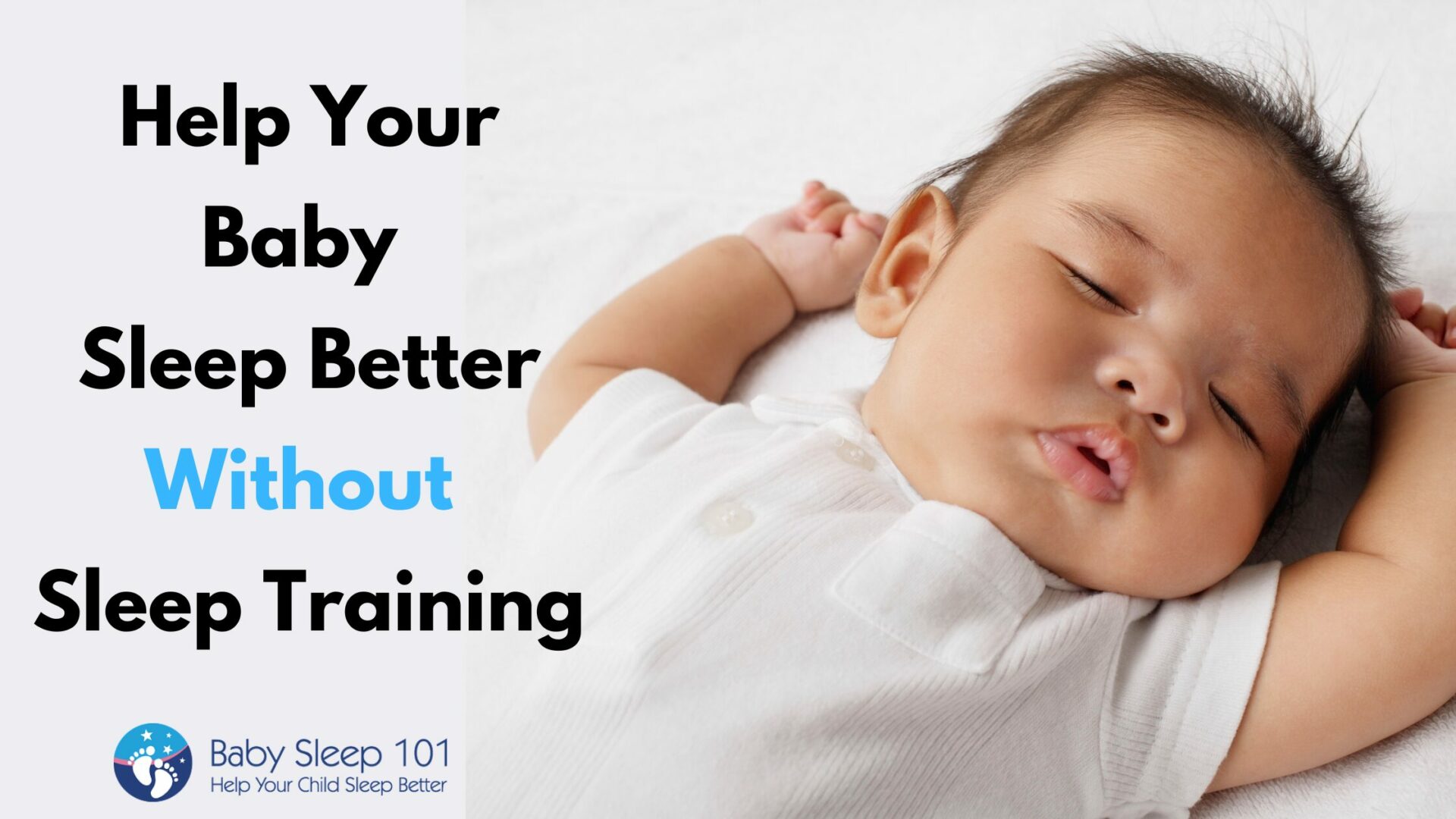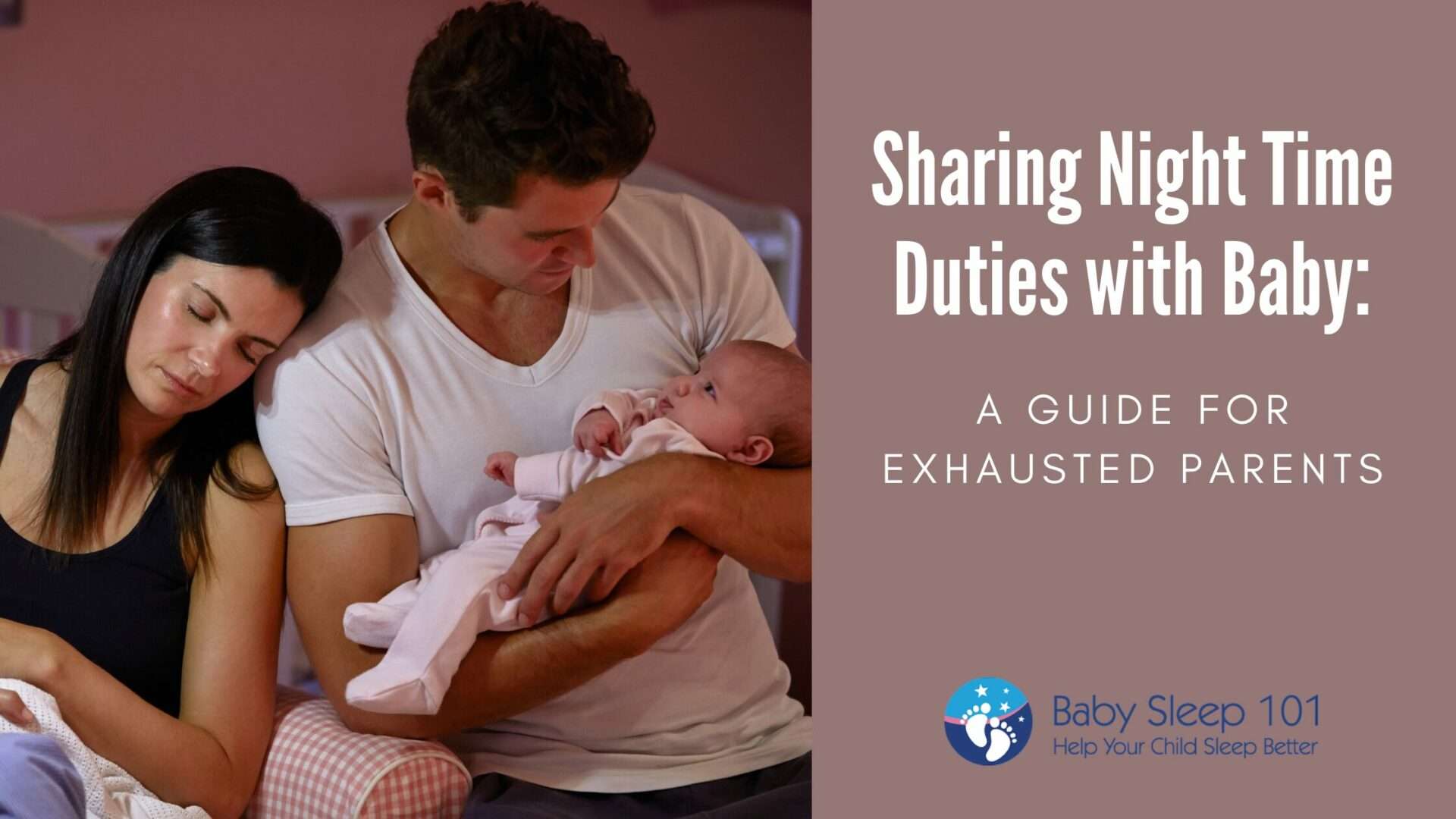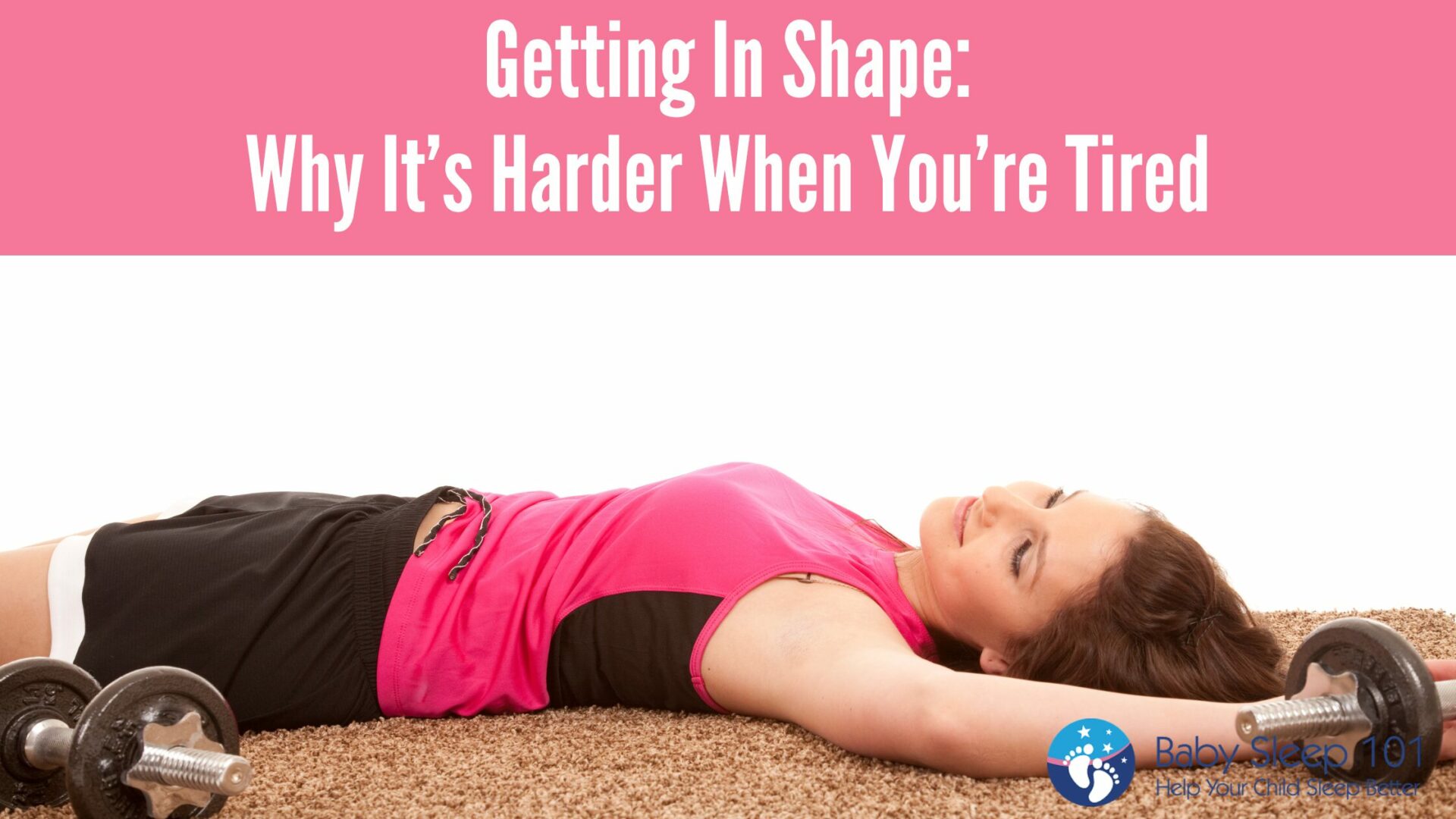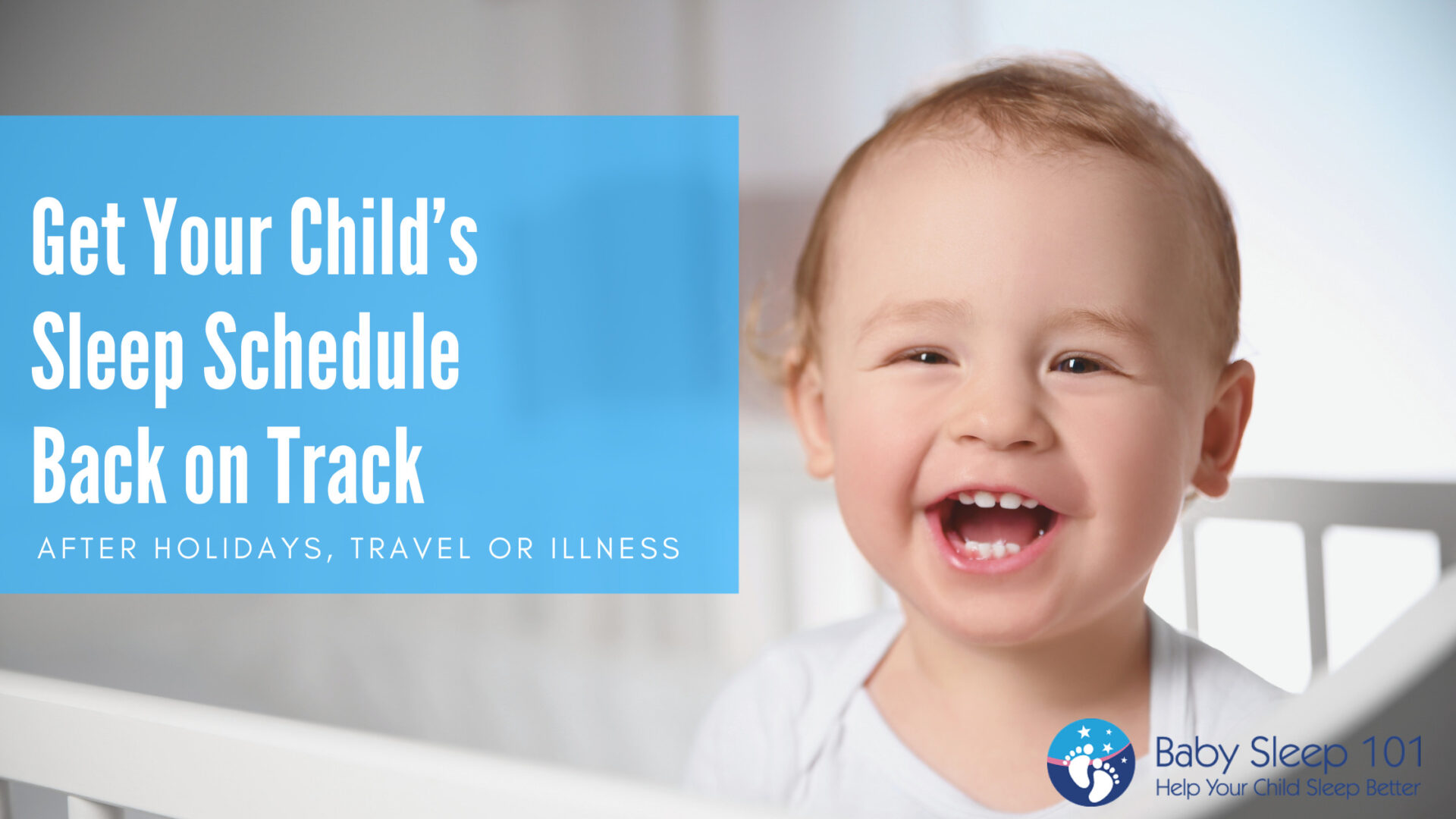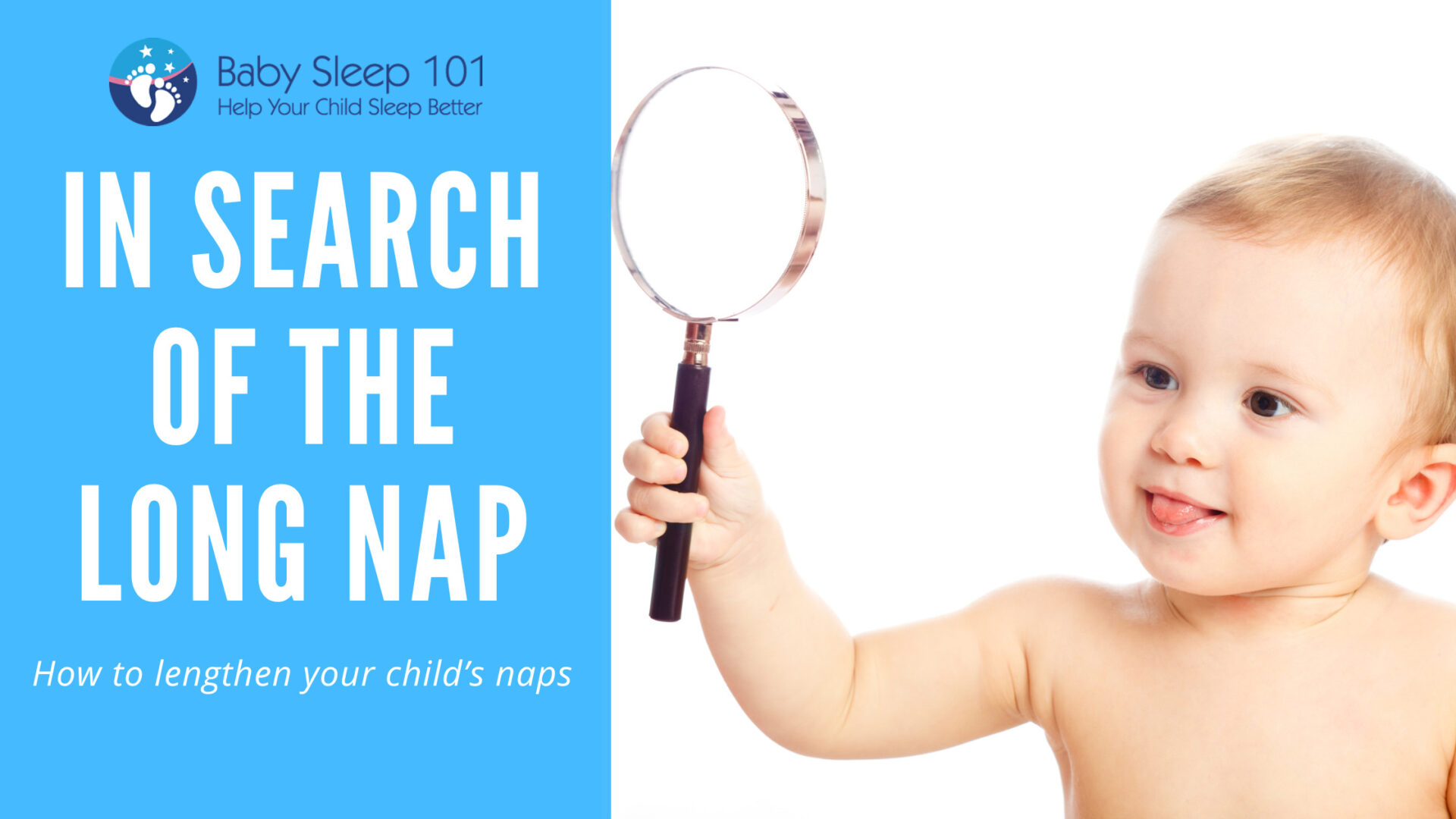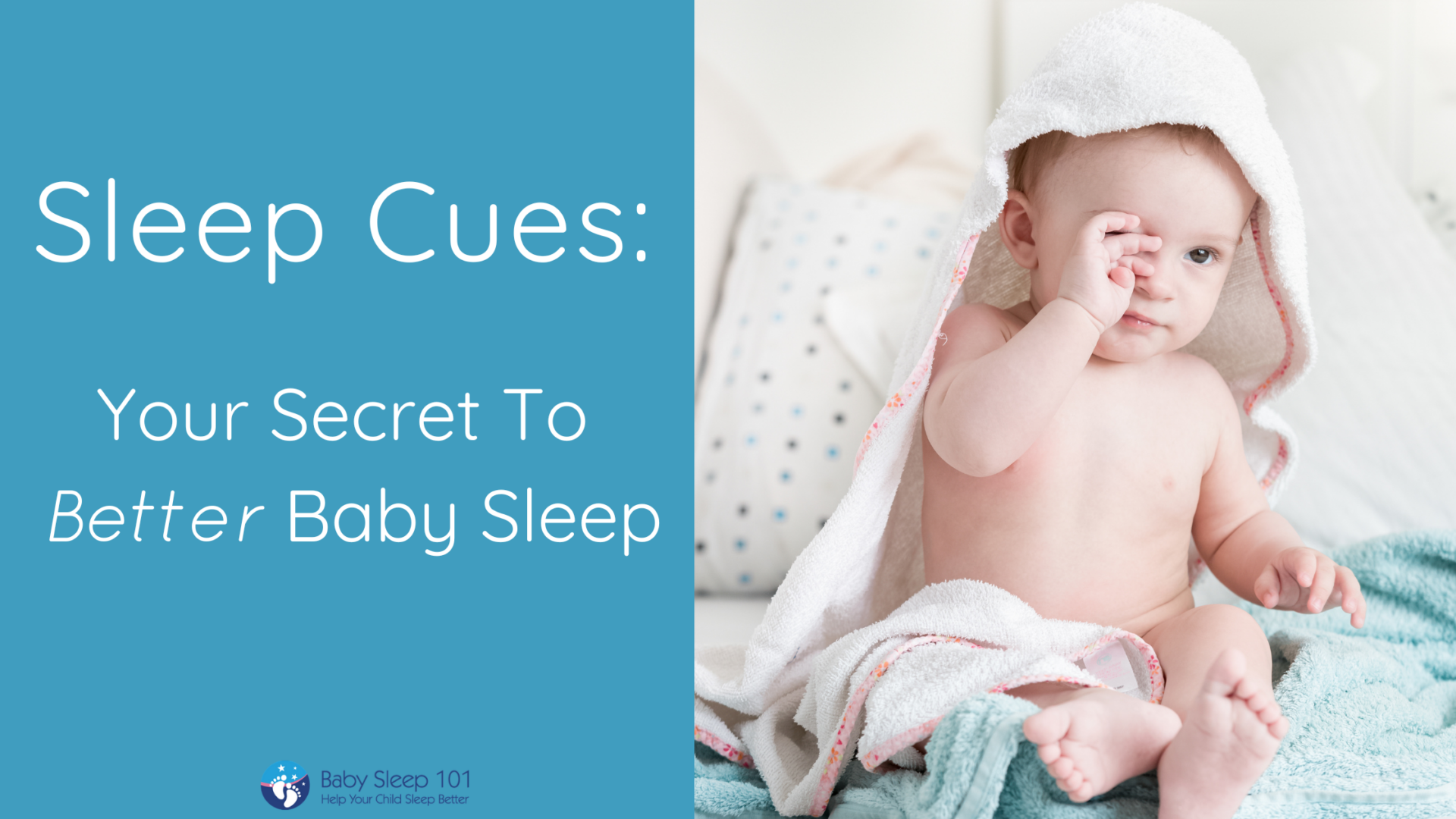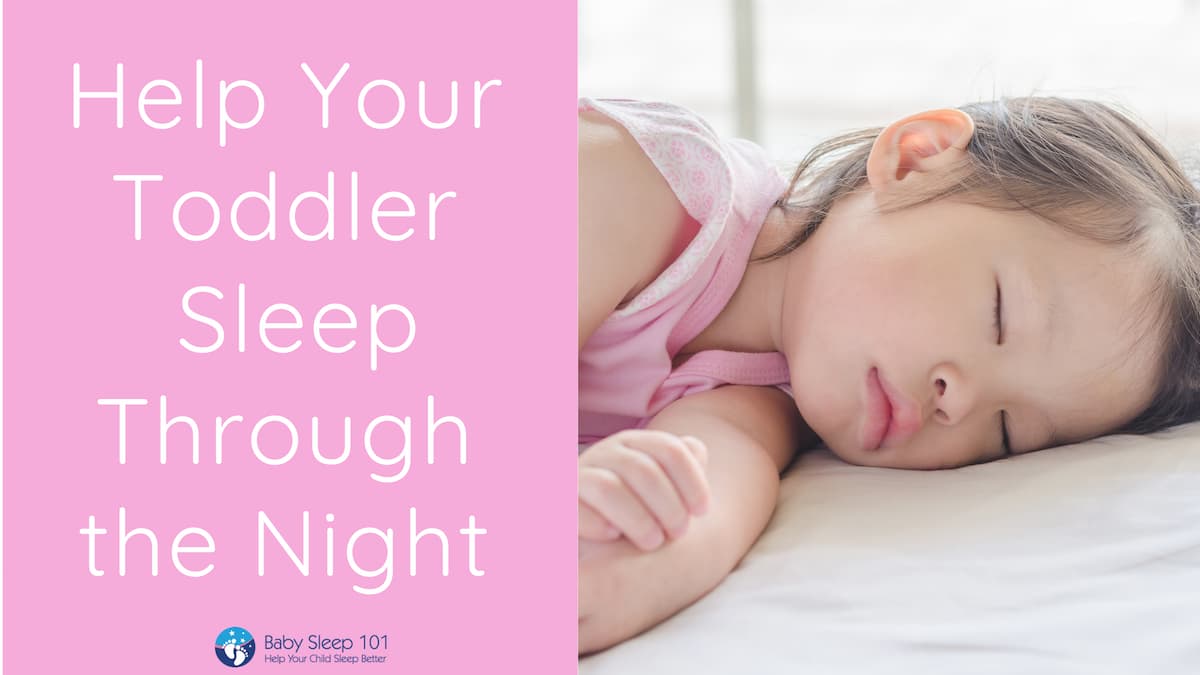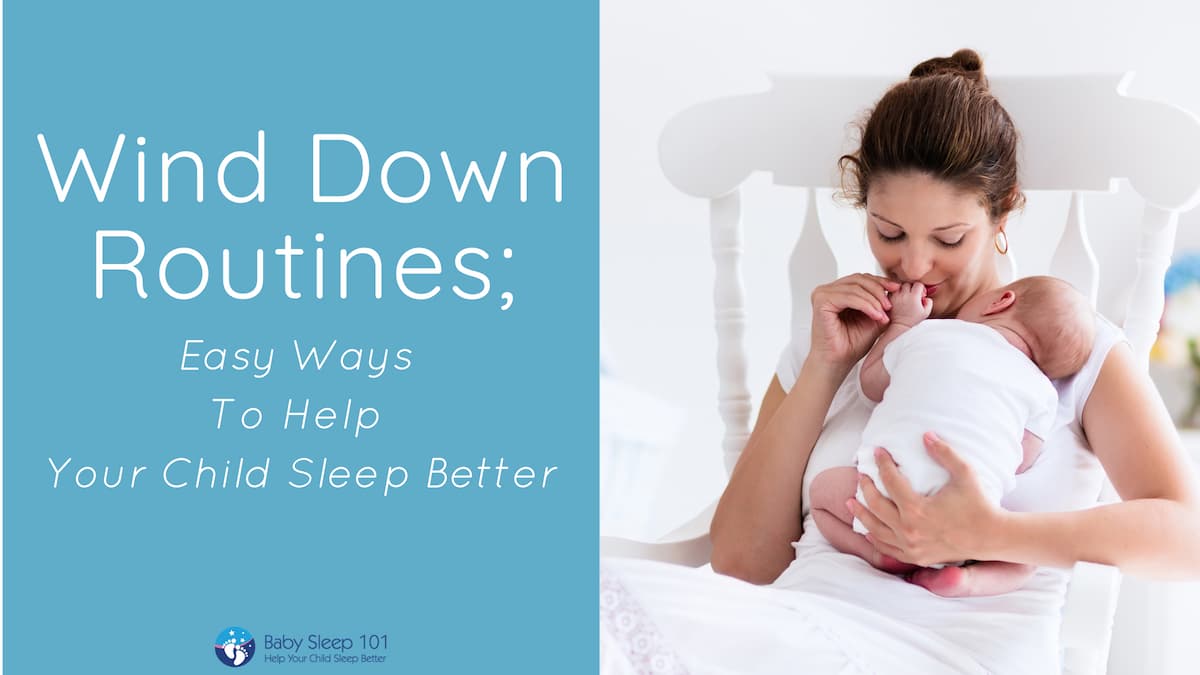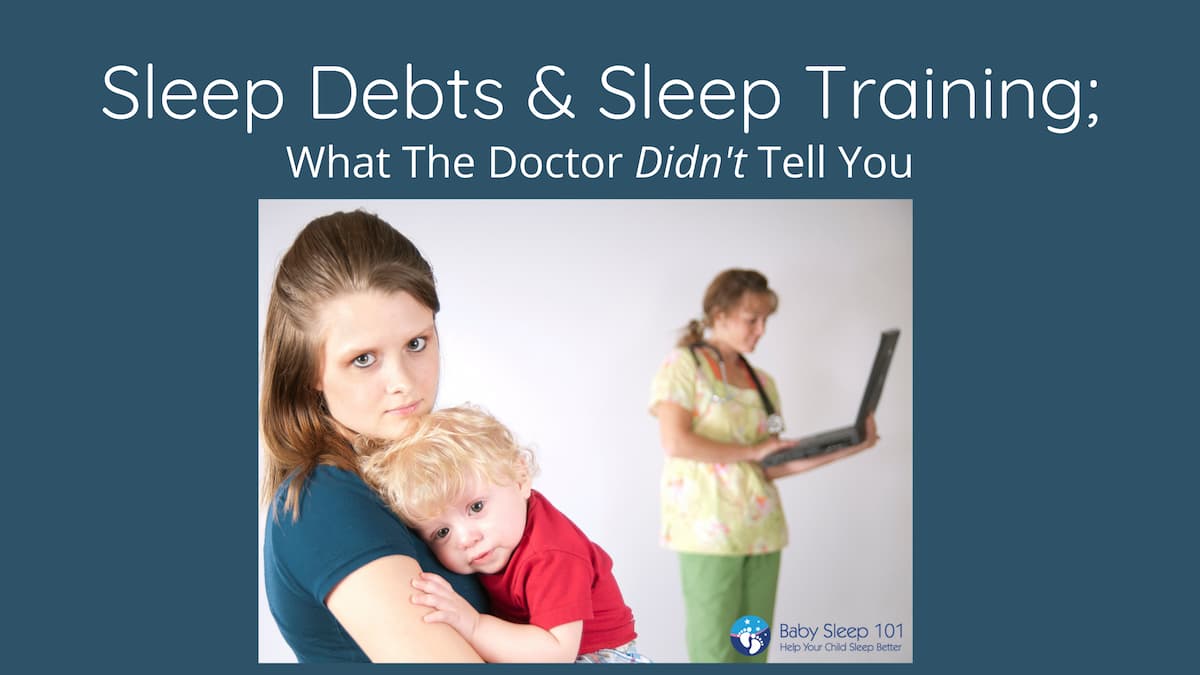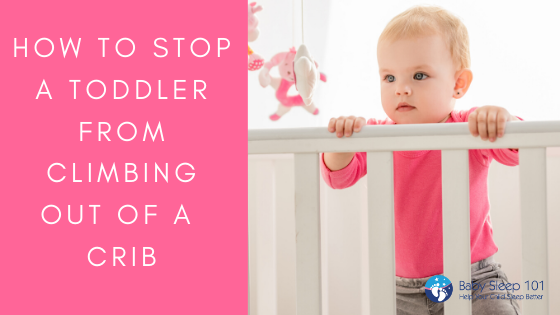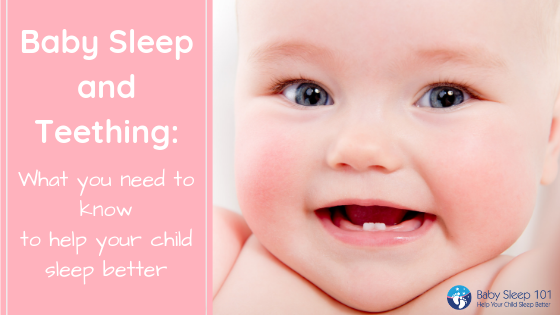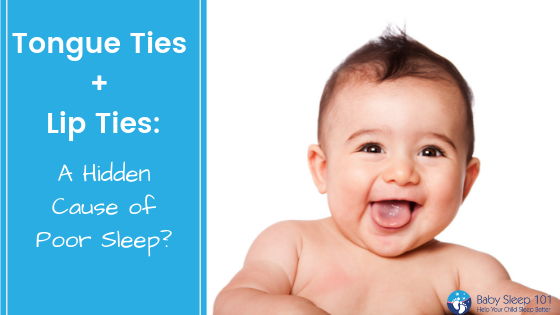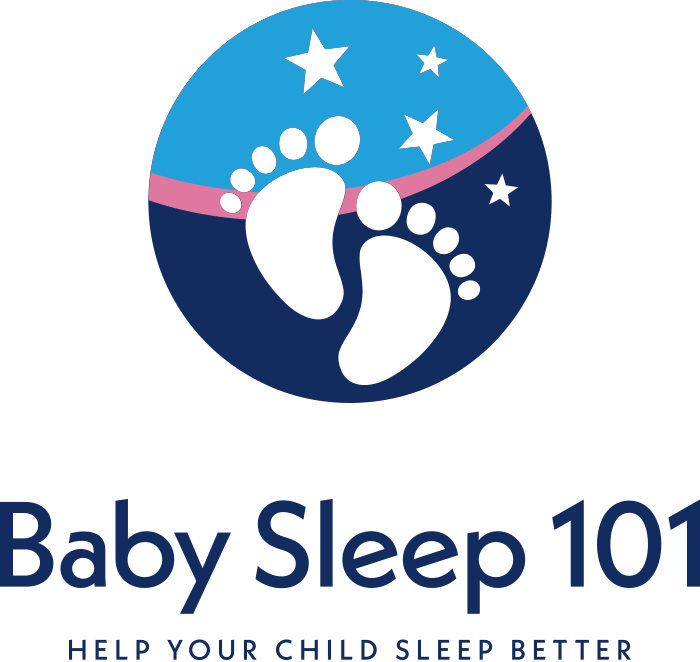Safe Sleep Isn’t Always As It Seems
A sweetly sleeping newborn baby is one of life’s most precious gems. And it’s an image we often see in magazines, ads and in the movies.
Frequently, the baby is wrapped in a blanket, surrounded by stuffed animals, maybe on their tummy or side.
As serene as this image is for a stock photo, it sends a dangerous message; that this is a safe and protective sleep environment.
It’s not.
September is Infant Safety Awareness month which means it’s a good time to write a blog about something that should be practiced everyday of the year;
Safe Sleep.
Let’s start with the basics of safe sleep
Many people have heard of the ABCs of safe sleep. It’s a great and easy way to remember the fundamentals.
A-Alone
B-Back
C-Crib
A- Alone in a Crib
This first one sometimes confuses parents a bit since the recommendation for both Canada and the United States is to room share for the first 6 months of a baby’s life.
But the A for Alone, doesn’t mean that the child is alone in the room, rather they are alone in their sleep area.
Only a firm mattress and a fitted mattress sheet, over that mattress, should be in the crib or bassinet.
This means no;
- Blankets
- Stuffed animals
- Toys
- Pillows
- Bumpers (Breathable or otherwise)
- Mattress wedges
- Baby positioners
- Baby Nests
- Loose bedding
- Other people
We want the crib or bassinet boring and bare. That is beautiful for safe sleep!
B-On their Back
Always place a newborn down to sleep on their back.
This keeps their airway clear (newborns don’t possess the ability to move themselves away from dangers) and helps to reduce the risk of Sudden Infant Death Syndrome (SIDS).
There will be many people (perhaps from an older generation) that tell you that they use to lay babies prone (on their tummies) and never had an issue.
You may also be one of the many parents that have a baby that hates sleeping on their back.
I fully recognize that this may be the case as plenty of babies do enjoy tummy sleeping once they are older. But, the data tells us that there is a much lower rate of SIDs when babies are placed on their backs to sleep.
I go into more details on my TV interview with CTV Morning Live Winnipeg.
You can check it out here.
C- Certified Crib or Bassinet
Technically, the C stands for *crib*, but I always like to mentioned that it needs to be a certified one. Unfortunately there are many products on the market that subtly or even blatantly mislead consumers into thinking that their product has been tested and given the “all clear” for babies to sleep in.
This is not the case.
Unless the crib or bassinet has met the standards to be labeled a crib, bassinet or play yard (in the U.S.), then an infant should not sleep in it.
If it is called a napper, changing station, bassinet “level”, or floor “level”, nest, baby nest bed, lounger, etc., it is NOT safe for sleep and has NOT undergone any testing.
Only the terms crib, cradle, bassinet and play yard (in the US only) have been tested and certified for safe sleep.
If you are not sure, look for the manufacture, model number and date of manufacture on the product.
Canadian regulations for cribs, cradles and bassinets from the Canada Consumer Product Safety Act Click here.
United States crib regulations can be found here.
United States bassinet and cradle regulations can be found here.
United States play yard regulations can be found here.
Mobiles, Toys, Wedges and Incliners
What about these common products? How many parents have purchased fancy gadgets and gizmos to help their little one catch a few more ZZZs?
The great news is that you can save yourself money by not purchasing them!
Any crib modifications that stay attached or remain in the crib during sleep time, are not needed and not safe for sleep.
Remember, bare is beautiful and safe.
Incliners/wedges are also not recommended, because a baby will slowly slide down.
This places their neck at an unsafe position, increasing the risk of positional asphyxiation which occurs when a baby can not get enough oxygen due to an abnormal position of their body.
(This is one of the reasons the Fisher Price Rock N Play was recalled. You can read how even this popular products was sold without clinical research and despite infants dying, here.)
What About Safe Sleep For Toddlers?
This group sometimes gets forgotten about, but it’s still just as important!
The safest place for a toddler is still a certified crib until they are 35 inches or taller.
No pillows should be introduced until two years of age. When you do offer a pillow, it should be firm and flat.
A toddler is a curious being and they may attempt to explore their climbing skills. Prevent them from trying to climb out by lowering the mattress to the lowest setting and taking out any stuffed animals or blankets, that can be used to gain leverage.
Sleep sacks are recommend instead of blankets. Not only does this limit the ones that try to climb, but it is also safer than loose bedding in the crib.
Think your toddler is too big for a sleep sack? Guess what?
There are companies that make sleep sacks all the way up to 5T.
For the toddlers that are in a bed, if you are choosing to use guard rails, they should be used only with a bed that has a mattress and box spring, not on a toddler bed or bunk bed.
There have been incidents of toddlers becoming trapped between their rails and the bed, so you will want to preform regular safety checks to make sure they are attached as per the manufacture’s instructions.
Safe Spaces For Bigger Kids
Although we don’t have to worry about SIDS (Sudden Infant Death) for toddlers, there are still risks for suffocation and entrapment that we can watch out for.
Those growing bodies mean that they can reach and grab for items that previously were out of their reach.
So be sure to not place the crib near
- any windows,
- drapes and their pull cords,
- electrical outlets
- shelves
- picture frames
- anything that can be pulled into their crib
You never know what your toddler is going to try to investigate, so the safest approach is to remove all hazards ahead of time.
I Bought Bumpers (or any other product) That Says It’s Breathable! That’s Safe, Right?
Unfortunately, no.
I was surprised to learn that bumpers, even “breathable” are not safe for sleep.
I was even more surprised to learn that the term “breathable” doesn’t mean anything. It is a marketing term only.
There are no tests or standards that an infant sleep product goes through, to have that term applied to it’s label or advertising.
Anything can be called “breathable” without breaking any laws.
Safe Sleep is Easy Sleep
As much as we may be tempted to decorate our children’s room with fancy bedding, deluxe mobiles, and large stuffed animals, when it comes to sleep, these items aren’t needed-or safe.
In fact, the less you do, the easier it becomes to have a safe sleep environment.
Stick to the basics and save all the “extras” for playtime.
Have a safe sleep environment, but your little one won’t sleep in it? Book a mini-consult and let’s get your family sleeping!


